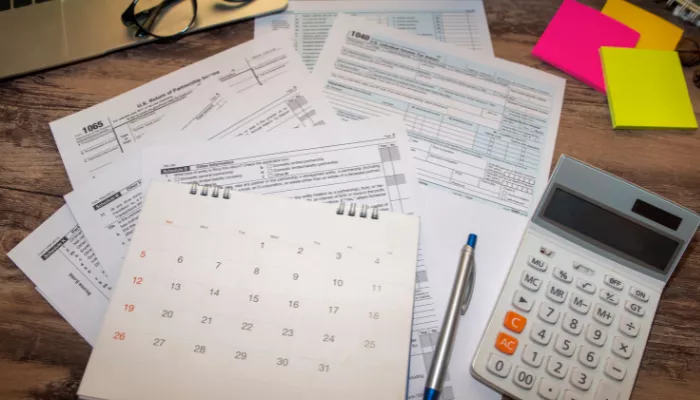
A personal financial plan is an essential tool for achieving stability and financial independence.
By understanding its basic components, you can make more informed decisions about your income, expenses, and investments.
While financial planning may seem complex at first glance, it’s important to break it down into manageable chunks.
Adopting these practices in personal financial planning can prevent common mistakes and promote more effective management of your finances.

Record and analyze your monthly income and expenses. This includes understanding where your money is going and identifying areas to cut costs.
Creating and maintaining a fund for unexpected situations, such as illness or job loss, is crucial to avoiding debt when unforeseen events happen.
Decide on the best ways to grow your money over the long term, whether through stocks, bonds, mutual funds or other opportunities.
Evaluate and obtain appropriate coverage to protect against significant losses, including life, health and property insurance.
Set retirement goals and develop a plan to achieve them, including savings and types of retirement accounts.
Having a personal financial plan brings tranquility and gives you control over your financial life.
It allows you to set and achieve your financial goals, prepare for unexpected events and maximize your investment opportunities.
Additionally, it helps prevent unnecessary debt by ensuring that your financial decisions are aligned with your long-term goals.
To establish clear and realistic goals is the first step to successful financial planning.
Think short, medium and long term, identifying what you want to achieve, such as paying off debts, buying a car, acquiring a house or ensuring a comfortable retirement.
A detailed budget allows monitor money inflows and outflows, identifying opportunities to save.
List your sources of income, fixed and variable expenses, and analyze where you can cut costs without compromising your quality of life.
Unforeseen events can happen at any time. Therefore, it is crucial to have a emergency fund to cover unexpected expenses without going into debt.
Ideally, this fund should cover three to six months of expenses.
Instead of letting your money sit idle, consider investing it so that it grows over time. Look for options that align with your financial goals and risk profile.
Diversification is key to minimizing risk.
Life is constantly changing, and your financial plan should reflect that.
Perform periodic reviews to adjust your goals, budget and investments as needed, ensuring you stay on track to achieve your goals.
Skipping creating an emergency fund It is a common mistake that can destabilize personal finances. Without a reserve, unforeseen events can lead to debt.
Not setting clear financial goals is another stumbling block. Without defined goals, it is difficult to maintain motivation and direction in financial planning.
Adopting these practices in personal financial planning can prevent common mistakes and promote more effective management of your finances.
Useful links for financial management:
In short, understanding the basis of a personal financial plan is the first step to financial freedom.
Identify your financial goals, establish a budget, create an emergency fund.
Investing intelligently and protecting your assets are fundamentals that, once implemented, can positively transform your financial management.